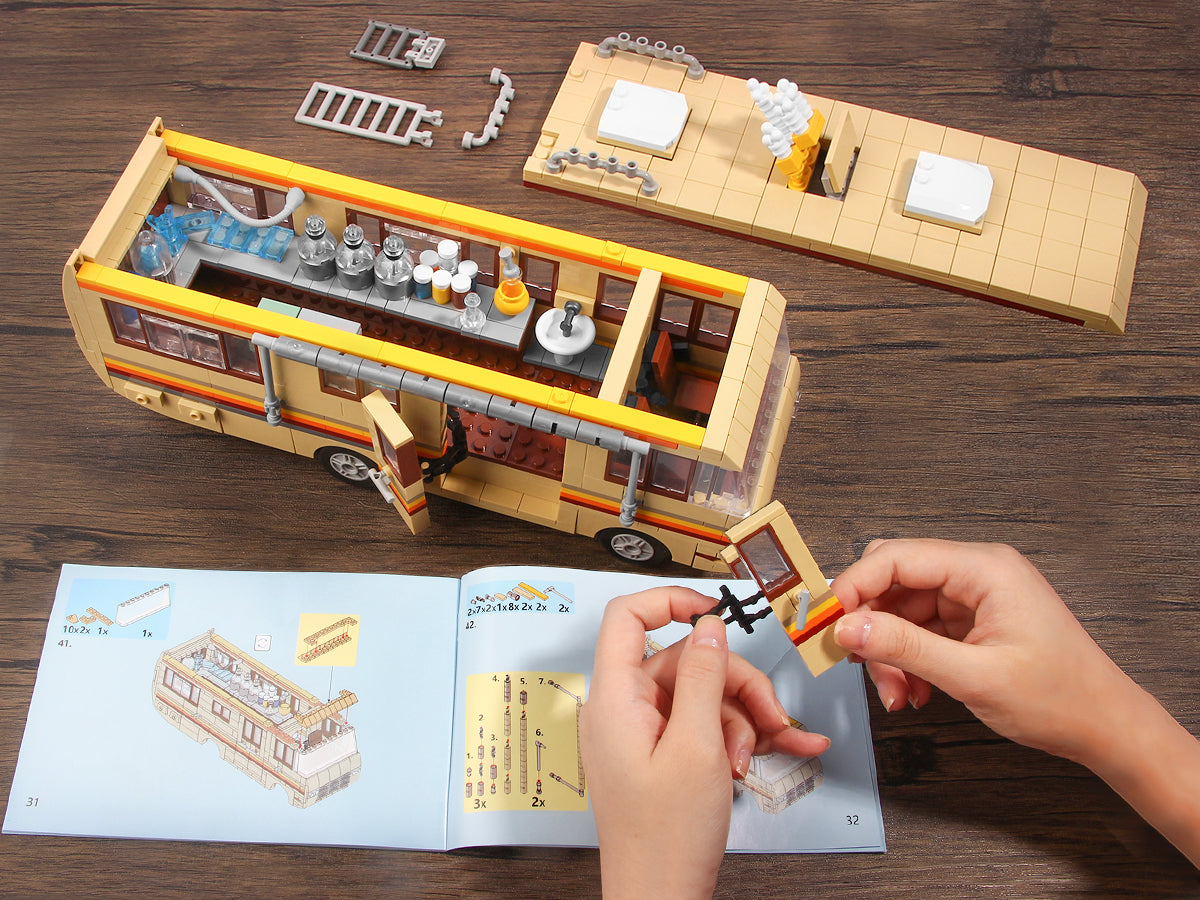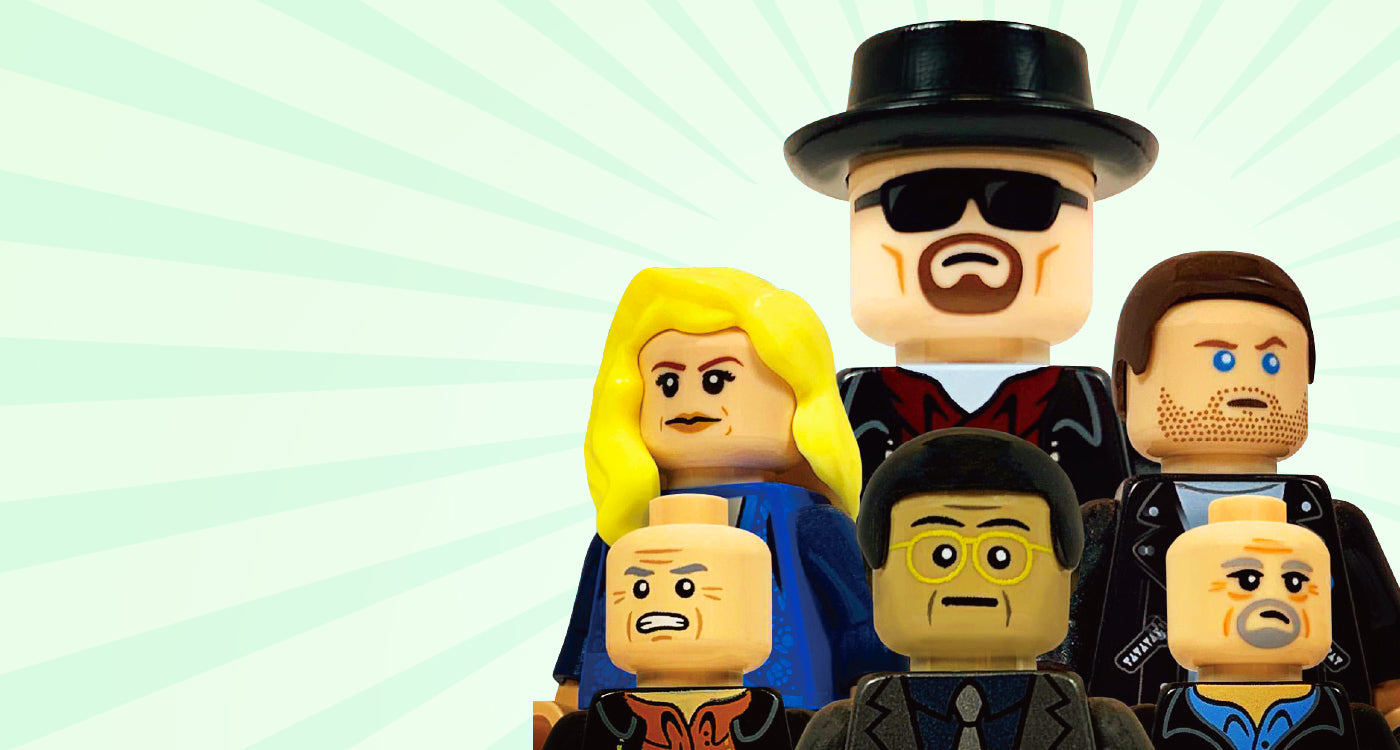Block play is not just child's play. It is a valuable and essential activity that promotes cognitive, physical, and social development in children. In this guide, we will explore the benefits of block play and provide tips on how to maximize its educational potential.
What is block play?
Block play refers to the act of playing with blocks, which are three-dimensional objects that come in various shapes, sizes, and materials. Blocks can be made of wood, plastic, foam, or even cardboard. They can be simple cubes or more complex shapes like arches, cylinders, and triangles.
Why is block play important?
Block play is not just about building towers and knocking them down. It offers numerous benefits for children's development:
- Cognitive development: Block play enhances problem-solving skills, spatial awareness, and mathematical concepts such as shape, size, and symmetry.
- Physical development: Manipulating blocks helps develop fine motor skills, hand-eye coordination, and spatial coordination.
- Social development: Block play encourages collaboration, communication, and sharing among children, fostering social skills and teamwork.
- Language development: Through block play, children engage in conversations, describe their creations, and learn new vocabulary related to shapes, sizes, and structures.
How to maximize the educational potential of block play?
To make the most out of block play, consider the following tips:
- Provide a variety of blocks: Offer blocks of different shapes, sizes, and materials to encourage creativity and exploration.
- Introduce open-ended play: Avoid providing step-by-step instructions or templates. Let children use their imagination and create their own structures.
- Encourage problem-solving: Pose challenges or ask questions that require children to think critically and find solutions.
- Facilitate social interaction: Encourage children to collaborate, share ideas, and work together to build structures.
- Document and reflect: Take photos or videos of children's creations and discuss their thought process and design choices.
Block play for different age groups
Block play can be adapted to suit the developmental needs of different age groups:
- Infants and toddlers: Offer large, soft blocks that are safe for mouthing and stacking. Focus on sensory exploration and basic concepts like stacking and knocking down.
- Preschoolers: Introduce more complex blocks and encourage imaginative play. Incorporate storytelling and pretend play with blocks.
- School-age children: Provide a wide range of blocks and challenge children to build more intricate structures. Encourage them to experiment with balance, stability, and architectural design.
Block play is not only an enjoyable activity but also a powerful tool for learning and development. By providing children with the opportunity to engage in block play, we are fostering their creativity, problem-solving skills, and social interactions. So, let the blocks inspire your child's imagination and watch them build a solid foundation for lifelong learning!









